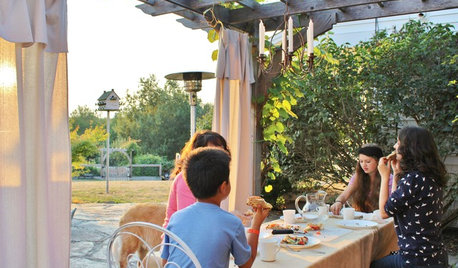Scott's Black fruits pix,For Dan Abadie,evaluation!
herman2_gw
13 years ago
Related Stories

HOUZZ TOURSMy Houzz: A Modern-Day Homestead Brings a Family Together
Their 5-acre Washington property, with sports court, swings, pizza oven and gardens, is a labor of love and communal playspace
Full StorySponsored
More Discussions







ejp3
herman2_gwOriginal Author
Related Professionals
Edmond Landscape Architects & Landscape Designers · Framingham Landscape Contractors · Lancaster Landscape Contractors · Long Branch Landscape Contractors · Paramount Landscape Contractors · Roswell Landscape Contractors · Seminole Landscape Contractors · St. Louis Landscape Contractors · Asheville Decks, Patios & Outdoor Enclosures · Honolulu Decks, Patios & Outdoor Enclosures · Palmetto Decks, Patios & Outdoor Enclosures · Santa Ana Decks, Patios & Outdoor Enclosures · Laguna Hills Fence Contractors · Lockport Fence Contractors · Oxnard Fence Contractorsherman2_gwOriginal Author
noss
bonsaist
herman2_gwOriginal Author
herman2_gwOriginal Author
noss
robert_2007
herman2_gwOriginal Author
danab_z9_la
herman2_gwOriginal Author
danab_z9_la